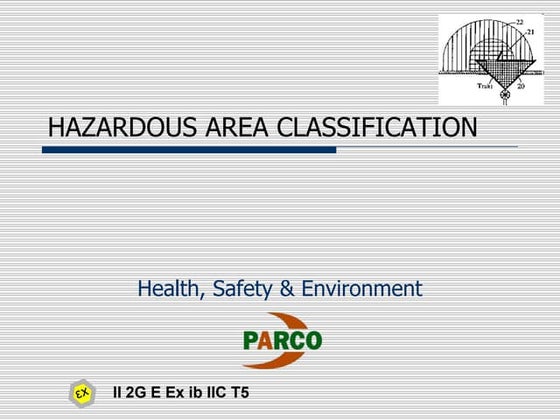Not known Factual Statements About Roar Solutions
Wiki Article
Some Known Details About Roar Solutions
Table of ContentsThe Greatest Guide To Roar SolutionsThe smart Trick of Roar Solutions That Nobody is DiscussingExamine This Report about Roar Solutions
In order to safeguard setups from a potential surge a method of evaluating and identifying a potentially unsafe location is needed. The objective of this is to ensure the appropriate option and setup of devices to eventually prevent an explosion and to make sure security of life.
(https://www.imdb.com/user/ur192566418/?ref_=nv_usr_prof_2)
No equipment must be mounted where the surface temperature level of the tools is more than the ignition temperature level of the provided risk. Below are some common dirt unsafe and their minimal ignition temperature level. Coal Dust 380C 225C Polythene 420C (melts) Methyl Cellulose 420C 320C Starch 460C 435C Flour 490C 340C Sugar 490C 460C Grain Dust 510C 300C Phenolic Resin 530C > 450C Aluminium 590C > 450C PVC 700C > 450C Residue 810C 570C The chance of the threat being present in a focus high enough to cause an ignition will differ from area to location.
Unsafe area electric devices possibly designed for use in greater ambient temperatures. Area Repair Work By Authorised Personnel: Challenging testing may not be needed however particular procedures may need to be complied with in order for the devices to preserve its third event rating. Each piece of equipment with a dangerous score need to be reviewed separately.
Examine This Report on Roar Solutions
The tools register is a detailed data source of tools documents that consists of a minimum set of areas to identify each item's location, technological criteria, Ex category, age, and environmental information. The ratio of Detailed to Close examinations will be figured out by the Tools Threat, which is assessed based on ignition danger (the chance of a source of ignition versus the possibility of a flammable environment )and the hazardous location category( Zone 0, 1, or 2). Implementing a durable Risk-Based Examination( RBI )approach is crucial for making sure compliance and security in taking care of Electric Tools in Hazardous Areas( EEHA).
The Roar Solutions Ideas

In regards to explosive threat, a hazardous location is an atmosphere in which an explosive atmosphere is existing (or may be expected to be present) in quantities that need unique precautions for the building, installation and use tools. eeha certificate. In this write-up we check out the obstacles faced in the work environment, the danger control actions, and the required competencies to function safely
These materials can, in particular problems, develop eruptive atmospheres and these can have significant and unfortunate effects. Most of us are familiar with the fire triangle eliminate any kind of one of the 3 aspects and the fire can not happen, but what does this mean in the context of unsafe areas?
In many instances, we can do little regarding the degrees of oxygen airborne, however we can have significant influence on sources of ignition, for example electric equipment. Dangerous areas are documented on the dangerous location category drawing and are determined on-site by the triangular "EX" indication. Right here, amongst various other vital info, zones are divided right into three types depending upon the threat, the likelihood and period that an explosive environment will exist; Zone 0 or 20 is considered the most dangerous and Zone 2 or 22 is deemed the least.
Report this wiki page